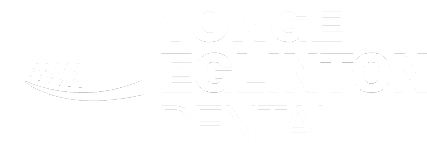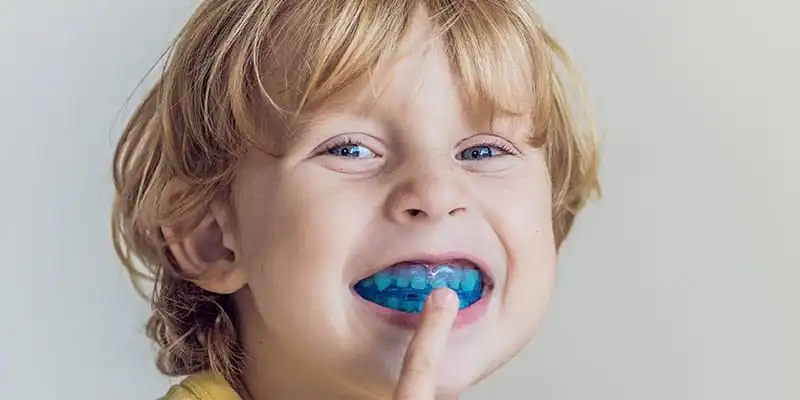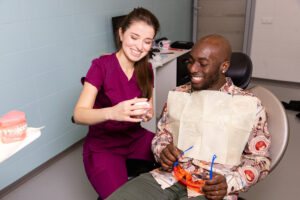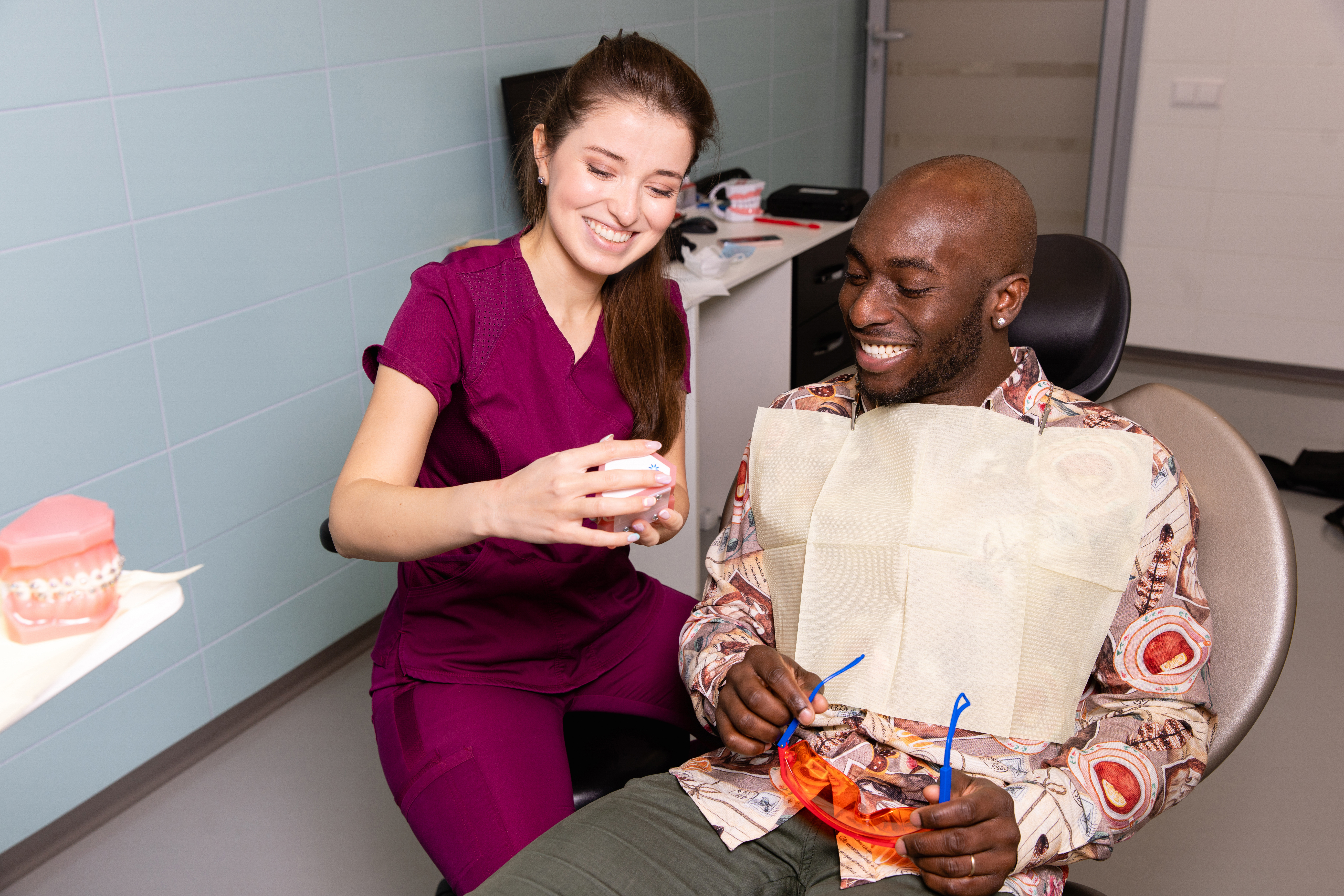- What is Malocclusion of Teeth?
- What are some common forms of dental malocclusion?
- What causes malocclusion in teeth?
- How is a malocclusion of the teeth treated?
Everyone dreams of having a straight, even smile that’s worthy of a Hollywood movie star. Although few of us develop these picture-perfect smiles naturally, your dentist has the tools and skills to give your teeth an Oscar-winning look.
However, to get there, your dentist needs to identify the “root” cause of why you’re unhappy with your smile. One of the most common dental issues our team at Yonge Eglinton Dental comes across is dental malocclusion, which can affect the patient’s ability to have a functional bite.
What is malocclusion of teeth?
Also known as “bad bites”, certain types of malocclusions cause your upper and lower teeth not to fit together correctly and create a gap in your smile. The average gap in most smiles can range from 3mm – 5mm. Anything over that can be considered a dental malocclusion.
Although the different malocclusion types have very distinct characteristics, they’re all treatable with safe procedures and tools that will give you the smile you’ve always dreamed of!
What are some common forms of dental malocclusion?
There are three common types of a bad bite: overbites, underbites, and crossbites.
Overbites (Class 2 Malocclusion): An excessiveoverbite is the most common type of malocclusion in North America. This occurs when your upper incisors hang too far over your lower teeth, creating a large gap between your upper and lower incisors when you close your jaw.
Excessive overbites shouldn’t be confused with excessive overjet, which occurs when your top teeth stick out too far horizontally.
Underbites (Class 3 Malocclusion): After overbites, the most common type of malocclusion is underbite. As the name suggests, underbites occur when the lower jaw juts out too far forward. When your jaw is closed, the lower teeth extend out past the upper teeth. Most underbites are corrected in children before they enter puberty.
Crossbites: Another type of malocclusion is a crossbite. Crossbites occur when one or more upper teeth, usually the bicuspids or molars, bite down on the inside of the lower teeth.
What causes malocclusion in teeth?
Although genetics can cause what’s known as skeletal malocclusion in teeth, certain other factors can lead to overbites, underbites, and crossbites.
Researchers have speculated that overbites can be caused by thumb-sucking or the long-term use of pacifiers during the toddler years or while adult teeth are growing in. The pressure from the thumb on the growing baby teeth can cause them to grow at an abnormal angle, overlapping the bottom teeth.
Crowded teeth and crooked teeth can also affect the alignment of teeth, leading to overbite.
Unlike overbites, which are caused by problems with the upper jaw teeth, underbites are often the result of jaw issues. For example, pushing the tongue against the bottom teeth during childhood can also move the bottom jaw forward, causing an underbite.
Crossbites are commonly caused by having a narrow jaw; however, the frequent grinding of teeth during childhood can also lead to this type of malocclusion. Another way for crossbites to develop is through a traumatic injury to the mouth or jaw.
Besides negatively affecting their smile, a person with these types of malocclusions can suffer from:
- Breathing issues
- Damage to other teeth, gums, and jawbone
- Difficulty and or pain while biting or chewing
- Challenges with speaking clearly
- Sleep apnea
- Pain in the mouth and face
The good news is that with the proper dental treatment, dental malocclusions can be safely corrected to restore a level bite.
How is a malocclusion of the teeth treated?
The goal to fix these dental issues is generally the same: to realign the patient’s bite. This is done by carefully moving the lower jaw forward or backward and strengthening the jaw muscles.
Some of the more common treatments to fix abnormal tooth alignment for a normal bite include:
- Behaviour modification: if the child continues to suck on their thumb or a pacifier past 36 – 48 months of age, intervention may be necessary before too much damage is done to their teeth. The child’s doctor, pediatrician, or dentist can provide strategies on how to change these habits.
- Orthodontic treatment: Traditional braces have been used to correct misaligned teeth. They will help realign the upper and lower jaws by gently moving the teeth in a front or back direction, or sometimes a combination of the two. After orthodontic treatment with braces, the patient will wear a retainer while their permanent teeth grow.
- Invisalign treatment: A popular alternative to traditional braces is a product known as Invisalign. Invisalign works in the same manner as braces. However, instead of metal, Invisalign employs discreet tooth-coloured dental trays that move your teeth into place. This treatment is more comfortable than braces as the trays are custom made for your mouth using high-tech 3D digital scanning of your teeth and jaws.
- Chin cap: Used primarily to treat underbites, chin caps are special orthodontic headgear. They’re worn during the night while you sleep to limit the growth of the bottom jaw and help realign the upper jaw.
- Palate Expander: This orthodontic appliance is designed to expand the upper jaw, allowing the bottom teeth to fit inside the upper teeth. Your dentist can opt for a fixed or removable palate expander, depending on the individual patient’s needs.
- Jaw Surgery: When there is severe malocclusion, your dentist may recommend surgery to correct misaligned teeth.
Your dentist will be able to answer all of your questions about treatment planning for overbites, underbites, and crossbites. In addition, visiting your dentist is your best chance of having that Hollywood smile you’ll be proud to show the world!
Do you have an overbite, underbite, or crossbite in Toronto? Give Yonge Eglinton Dental a call.
Our entire team is ready to help treat any dental issue with a variety of safe, effective procedures.
Get the beautiful smile you deserve by calling our office at 416-932-2222 or by booking an appointment online. We look forward to seeing you!
Are you concerned about visiting the dentist? Read about how we protect the health and safety of our patients and staff so your family can seek proper dental care with peace of mind.








